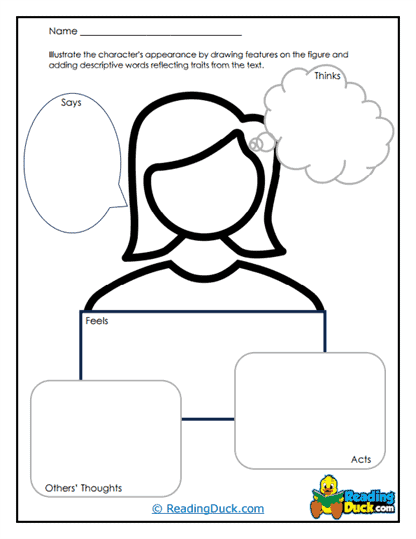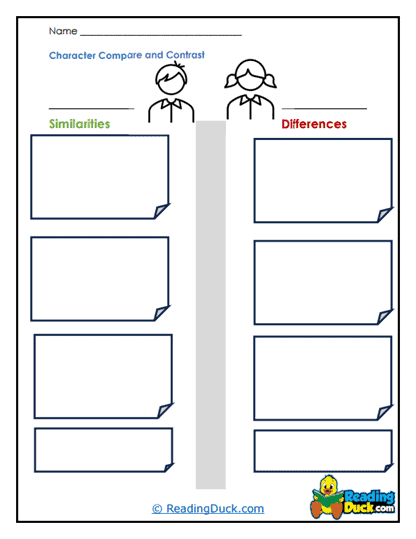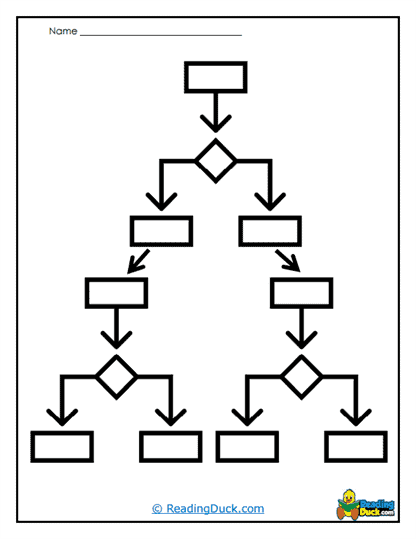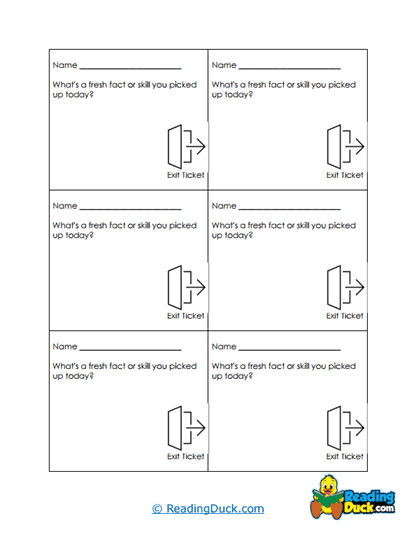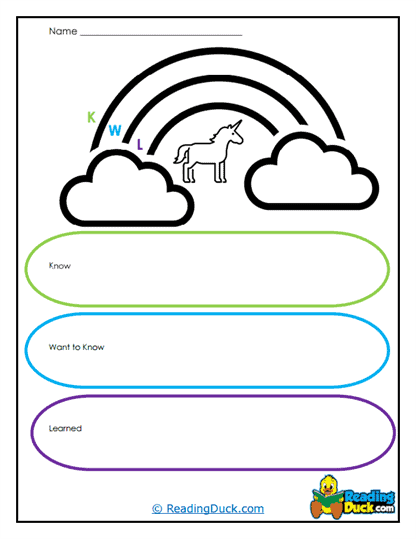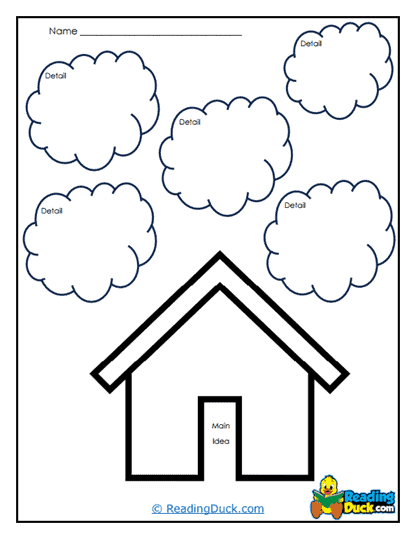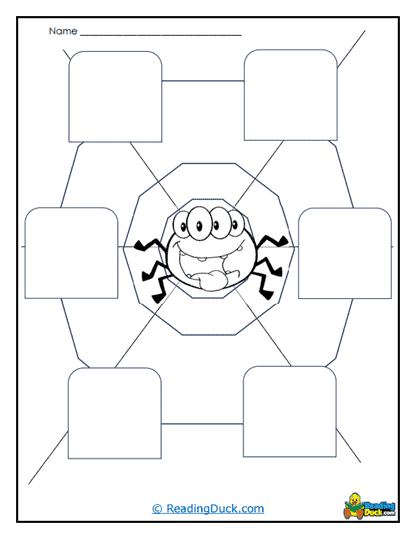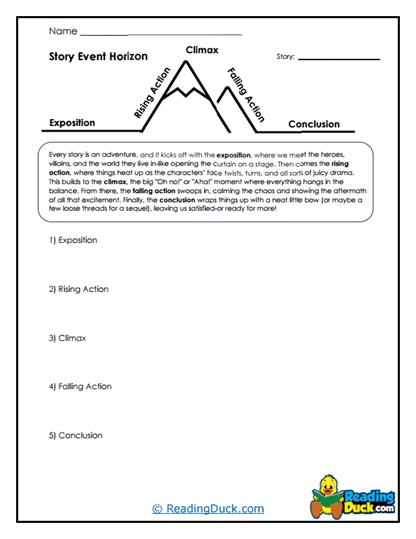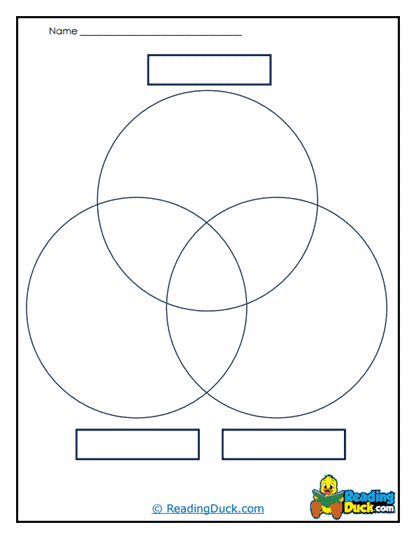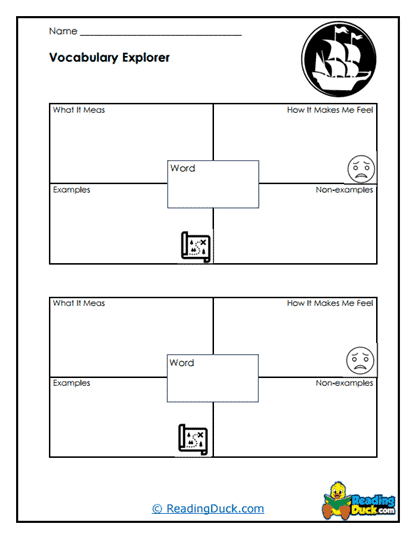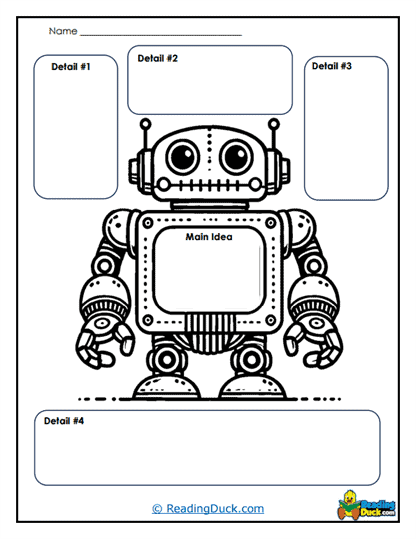Graphic Organizers Worksheets
What Are Graphic Organizers?
Graphic organizers are versatile visual tools or diagrams designed to help organize and represent knowledge or information. They serve as an essential aid in the learning process by simplifying complex ideas into manageable and digestible visuals. By offering a structured format for thoughts, graphic organizers enable learners to distill abstract concepts into tangible, concrete representations. This visualization fosters clarity, making intricate ideas accessible to diverse learners, including visual and kinesthetic learners. Whether in educational settings, professional environments, or personal planning, graphic organizers bridge the gap between scattered information and organized understanding.
These tools are especially powerful because they cater to various learning styles and cognitive processes. For learners who struggle with traditional textual or verbal explanations, graphic organizers provide an alternative pathway to comprehension. By converting raw information into a visual format, these tools help highlight relationships, connections, and hierarchies that might otherwise be overlooked. Additionally, they encourage critical thinking and analysis by prompting users to actively engage with the material. This active engagement transforms passive learning into a dynamic process, enhancing retention and understanding.
Graphic organizers are available in an array of formats tailored to specific purposes, offering flexibility and adaptability across different contexts. For instance, brainstorming sessions might benefit from mind maps that encourage free association and idea generation. Comparisons and contrasts can be effectively visualized using Venn diagrams, while sequential processes are best captured with flowcharts or timelines. Each type of graphic organizer is uniquely suited to particular tasks, allowing users to select the one that best meets their needs. This variety ensures that no matter the subject or complexity, there's a tool to simplify and clarify the information.
How Do They Benefit Learners?
Graphic organizers play a crucial role in enhancing learning by providing structure to what can often feel like overwhelming amounts of information. When learners encounter new material, it can be difficult to discern what is most important or how different pieces connect. Graphic organizers solve this problem by offering a clear framework to arrange and prioritize content. This organizational clarity not only reduces cognitive overload but also builds confidence in tackling complex topics. With a roadmap in place, learners are better equipped to approach their tasks systematically and with focus.
Another significant benefit of graphic organizers is their ability to promote higher-order thinking skills. Beyond simply organizing information, these tools push learners to analyze, synthesize, and evaluate ideas. For instance, when filling out a cause-and-effect chart, users must determine how events are interrelated and the implications of their relationships. Similarly, a concept map might require individuals to explore how subtopics branch out from a central idea, encouraging deeper exploration. By engaging with information on multiple levels, learners develop critical thinking skills that extend beyond the immediate task.
Furthermore, graphic organizers enhance collaboration and communication in group settings. When working together on a project or presentation, a shared visual organizer can serve as a focal point for discussions. It helps team members align their understanding and contribute ideas in an organized manner. Additionally, these tools make it easier to present information to others, whether in a classroom, meeting, or conference. The visual appeal and clarity of a well-designed graphic organizer ensure that audiences can quickly grasp the main points and connections being conveyed.
Type of Graphic Organizers
Bubble maps focus on describing a central idea or concept by surrounding it with descriptive attributes or qualities. This organizer helps learners develop a deeper understanding of a topic by breaking it into its essential characteristics, fostering clarity and focus. It is particularly useful in creative brainstorming or when elaborating on a specific theme in writing or discussion.
Character analysis graphic organizers help explore and document traits, motivations, relationships, and growth of a character in a story. They encourage critical thinking by prompting learners to analyze the actions and personalities of characters, providing insights into their roles and development. These tools are invaluable in literature studies, helping students make connections between the narrative and its characters.
Compare and contrast organizers, like Venn diagrams, help visually map similarities and differences between two or more items. They simplify complex comparisons, making it easier to analyze relationships, themes, or concepts. These tools are useful across subjects, from comparing historical events to evaluating scientific phenomena or literary works.
Concept maps organize and connect ideas around a central topic, using branches to illustrate relationships between concepts. They encourage learners to think critically about how ideas interrelate, fostering a holistic understanding of a subject. These tools are particularly helpful in planning essays, studying, or summarizing large amounts of information.
Exit tickets are quick graphic organizers used at the end of a lesson to assess understanding or gather feedback. They often include prompts for summarizing what was learned, asking questions, or reflecting on the material. These tools are valuable for teachers to evaluate student comprehension and guide future instruction.
KWL charts are divided into three sections: what learners know, want to know, and have learned. This organizer engages students before, during, and after learning by encouraging active participation and reflection. It is particularly effective in guiding inquiry-based learning and tracking progress.
Main idea graphic organizers help distill complex information into its central theme and supporting details. They are ideal for summarizing readings, lectures, or discussions, ensuring a clear focus on the core message. These tools are essential in improving comprehension and organizing thoughts for writing or presentations.
Spider maps are centered on a main idea, with subtopics and details branching outward like a web. They are excellent for exploring multiple facets of a topic, making them ideal for brainstorming or outlining essays. Their visual format promotes clarity and helps identify connections between ideas.
Story maps are tools for analyzing narrative structure, focusing on elements like setting, characters, plot, and resolution. They help learners understand how stories are constructed and identify key components of the narrative. These organizers are particularly helpful in improving reading comprehension and planning creative writing.
Venn diagrams use overlapping circles to visualize similarities and differences between items or concepts. They foster analytical thinking by helping learners identify shared and unique characteristics. Widely used across disciplines, Venn diagrams simplify comparisons and provide a clear visual reference.
Vocabulary graphic organizers help learners explore word meanings, synonyms, antonyms, and usage in context. They aid in building a stronger vocabulary and deeper understanding of language. These tools are invaluable in language learning, improving comprehension, and enhancing communication skills.
Writing graphic organizers assist in planning and structuring written work, from brainstorming ideas to organizing paragraphs. They help learners focus on coherence, organization, and clarity in their writing. These tools are essential in developing strong writing skills and reducing writer's block.

